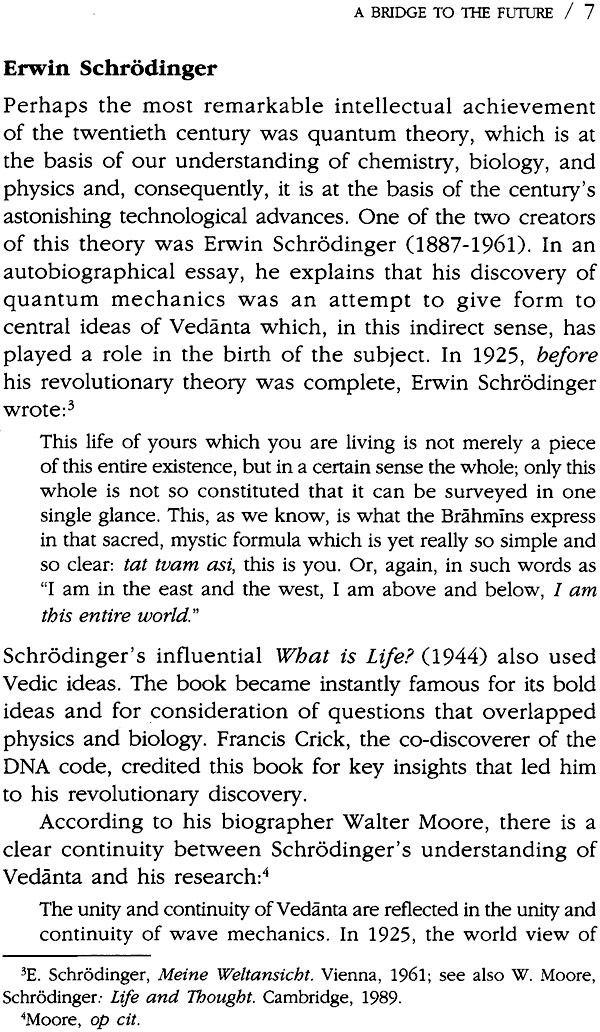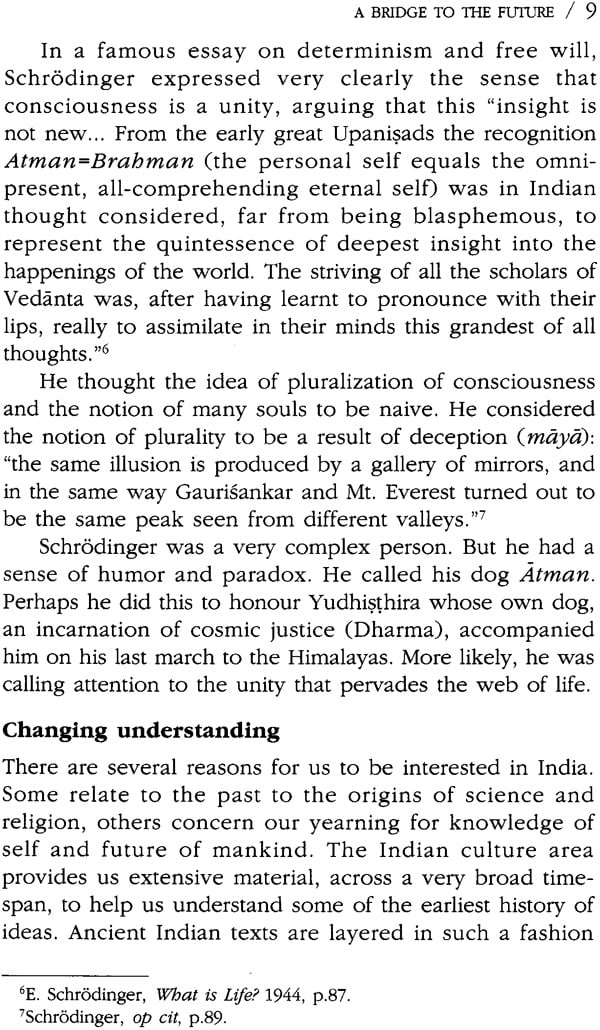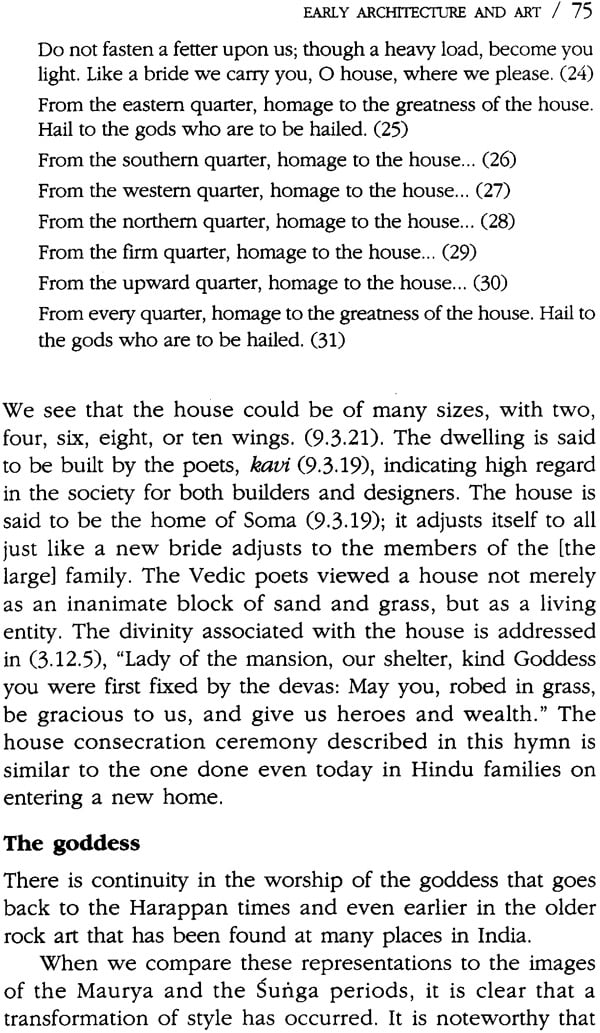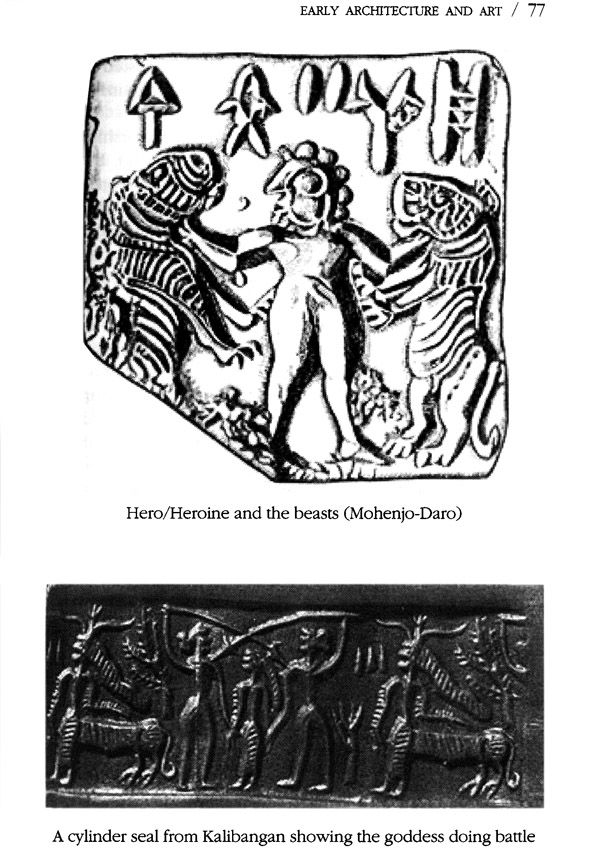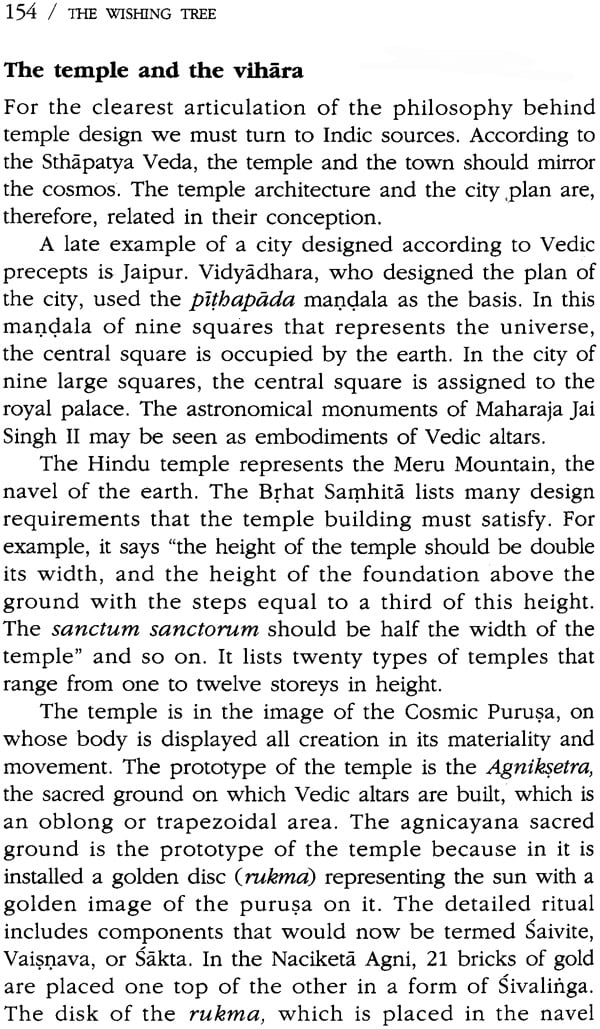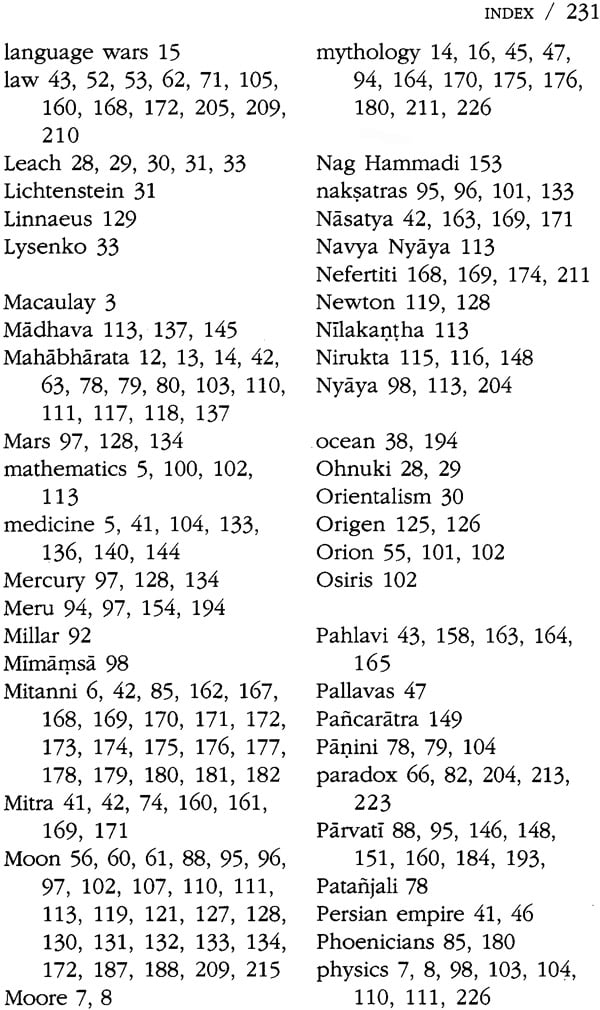
The Wishing Tree (Presence and Promise of India)
Book Specification
| Item Code: | NAM499 |
| Author: | Subhash Kak |
| Publisher: | ADITYA PRAKASHAN |
| Language: | English |
| Edition: | 2015 |
| ISBN: | 9788177421552 |
| Pages: | 241 (16 B/W Illustrations) |
| Cover: | Paperback |
| Other Details | 8.5 inch X 5.5 inch |
| Weight | 350 gm |
Book Description
In The Wishing Tree: Presence and Promise of India, Subhas kak presents what is arguably the most complete, articulate and up-to-date overview on the entire Indic tradition. More notably, he speaks not for a dry academic standpoint but one in contact with the very soul and spirit of the culture. His panoramic view covers spirituality, science, linguistics and history, making clear India's important role in world civilization past, present and future. He dispels the many current distortions and misinterpretations of India, the cobwebs of colonial and Eurocentric thinking, and reveals her vast civilization in its true light. Everyone interested in India and in human civilization will be fascinated and transformed by his many-sided insights. They will never look at India again in the same way. As millennial retrospective of the trans-national journey of Indic ideas, The Wishing Tree: Presence and Promise of India, is an auspicious augury of a Cultural Renaissance among diaspora Indians. Subhash Kak's language is lucid; it is at times very poetic. His speaking voice is firm and precise. Reading this volume made me think that perhaps what is worth preserving in Indic traditions will endure the ravages of colonial/postcolonial fragmentation. Indic ideas are both secular and sacred, scientific and spiritual, utilitarian and unabashedly devoted to the principle of beauty. In The Wishing Tree, Subhas kak tells ait all: with acuity, great insight and wisdom.
Subhash Kak is Regents Professor at Oklahoma State University in Stillwater. He was born in Srinagar and educated in Kashmir and Delhi. He has written fourteen books on a wide variety of subjects that include history of science and art and another six volumes of poetry in English and Hindi. His work has been showcased in the popular media including Discovery and History channels, PBS, Dutch Public TV, and in various documentaries. He has served on the international committees of the Smithsonian, NIST, and UNRSCO. His awards include the Science Academy Madal of the Indian National Science Academy.
The past three decades have brought revolutionary changes in our understanding of the Indian civilization. Our understanding of the literature has much improved. The chronology of the pre-historic period has been pushed back and archaeologists tell us that Indian culture can be traced in an unbroken rock art tradition that has been found all over India.
Although these findings are important in the self-definition of the Indian, they are debated primarily in the pages of academic journals and at scholarly symposia. Many school textbooks and other popular books still repeat old incorrect notions.
This book is an introduction to the new understanding of Indian culture and civilization for the layperson. As originally published ten years ago in English and French, it was based on invited lectures at Stanford University and the University of California. This edition includes new material on art, architecture, science and India's encounter with other ancient civilizations. It also shows how Indian views on nature of reality and consciousness are of value to contemporary science and society.
In the imagination of the West, India is that land of magic and mystery, wisdom and religiosity, tradition and ritual. India id exotic, and its arts, literature, music, cuisine appear different. At the same, there are aspects of India that speak straight to the heart of the West.
This shouldn't surprise us because India and the West have a shared prehistory. Sanskrit is the oldest remembered language of Asia and Europe. That the Indians and the Europeans shared the same homeland in remote antiquity had been the grist of ceaseless speculation. Indians are still connected to their long-forgotten past of Europe.
Indian appeals also because of its romance with the spirit. Indians have asked deep reality. They also claim to have found answers to these questions. The art historian and philosopher Heinrich Zimmer put it thus: "We of the Occident are about to arrive at a crossroads that were reached by the thinkers of India some seven hundred years before Christ. That is the real reason why we become vexed and stimulated, uneasy yet interested, when confronted with the concepts and images of Oriental wisdom."
Columbus set out to find a new seaway to India and he ended up discovering America. Since then America and India have met in the realm of the spirit and, more recently, as partners in the developments of information technology. In the nineteenth century, the Transcendentalists, inspired by Indian thought, gave a characteristic orientation to America's self-definition. Mohandas Gandhi was, in turn, influenced by Thoreau, one of the Transcendentalists, to embark on his Satyagraha movement in South Africa and India. Still later, Gandhi's ideas influenced the civil rights movement in America. Most recently Hindu wisdom about yoga, mind-body connection, and self-knowledge has swept the west. IT appears that we are nearing the time when the quest of Columbus will be taken to its logical conclusion, to the understanding of the heart of the Indian civilization.
America is a country of great spaces and great appetites-both material and spiritual. The machines that are the foundation of America's material wealth compel conformity to their rhythms, leading to alienation, carpal tunnel syndrome, and angst about meaning. Americans are the most church-going nation of the world, but they are increasingly becoming aware of the limitations of organized religion and they seek psychologists and spiritual masters.
Indian spirituality, an unbroken sequence that goes back to hoary antiquity, holds a special fascination for the modern Westerner. It is a spirituality that at its deepest level is non-sectarian, universal and unconnected to ritual. Addressing the seems to speak to man's innermost concerns in this age of science.
Indian wisdom is replenished for each generation by its epics, literature, fables, and aphorisms. India, with its ancient remembered past, is a counterpoint to an America whose history is no more than five hundred years old. The sacred and secular texts of India contain distilled wisdom. But the truths discovered by the sages of India are finding resonance beyond its borders not just the literature but by its living masters.
In India itself, its traditions have been under relentless attack by colonialist and Marxists politicians and historians, who have controlled the public discourse and contents of the textbooks for nearly 200 years. The intention to destroy India's own traditions of knowledge was articulated in Macaulay's famous Minute of 1835 which led to the establishment of a colonialist system of education that is still in force. Macaulay justified this by saying, "I am quite ready to take the Oriental learning at the valuation of the Orientalists themselves. I have never found one among them who could deny that a single shelf of a good European library was worth the whole native literature of India ... It is, I believe, no exaggeration to say, that all the historical information which has been collected from all the books written in the Sanscrit language is less valuable than what may be found in the most paltry abridgments used at preparatory schools in England ... We must at present do our best to form a class who may be interpreters between us and the millions whom we govern; a class of persons, Indian in blood and colour, but English in taste, in opinions, in morals, and in intellect."
Macaulay's ignorance about India was matched by his arrogance. His ideas were challenged in his own times, but they won the day because they suited Britain in its creation of a system which would make India dependent not only physically but also intellectually. Indian tradition was interpreted for Indians by Western scholars ill-equipped to understand its complexity. Their synthesis cast Indian history in a mold that did it disservice.
Indian civilization was called world-negating and mystical and shown as antithetical to the West. It was said to be devoid of any scientific achievement. The complexity of the social institutions was represented in the ill-fitting categories of hierarchical caste, and this, together with speculative philosophy, were declared to be the hallmarks of Indian civilization.
In practical terms, Macaulay's program led to the dismantling of the traditional system of village schools which had provided universal literacy to the people. The village schools had great room for improvement but they were effective as institutions of local power. When they were superseded by new schools, run by the British bureaucracy using an alien language whose benefit ordinary people could not see, children of the poorer classes simply dropped out. This is the reason that by the time the English left, most Indians were illiterate.
Central control was disastrous for agriculture in parts of the country where ponds and tanks had been in use for millennia. These tanks were serviced by village councils. The English instituted a system of canal irrigation even where it was unsuitable and local councils were disbanded. Soon, the tanks fell into disuse, the water table dropped because the ground water was not charged by the water in the tanks, and this had a ruinous effect on agriculture.
In the colonial state, the idea of profit was replaced by that of service of the British Empire. The new system of education was instrumental in the socialization of this view. The idea of the other-worldly Indian was promoted. Those, especially in the cities, who learned about India from these textbooks, soon came to hate their past. After independence, socialists seized control of institutions of education and the process set forth by the British was much accelerated. It is only now, nearly seventy years after political independence, that an objective understanding of the foundations of Indian culture is beginning to emerge.
Those Indians, who have not internalized the imagined view of the Macaulayites, have always rejected it as false, because that is not how they saw themselves. The Indian view has been to live life to the full, not only in body but also spirit. The essence of the Indian view is world-affirming and scientific.
A case can be made for the birth of the earliest geometry, mathematics, astronomy, medicine and many other sciences in India. In addition, India had a very advanced tradition of contemplation and spiritual life.
| Preface | ix | |
| 1 | Introduction | 1 |
| 2 | A Bridge to the Future | 6 |
| 3 | Language Wars | 15 |
| 4 | The Myth of Aryan Lnvasions | 27 |
| 5 | India and Europe | 41 |
| 6 | Vedic Knowledge and Astronomy | 55 |
| 7 | Early Art and Achitecture | 62 |
| 8 | A Distant Looking Glass | 92 |
| 9 | The Birth of Science | 98 |
| 10 | Cows and Unicorns | 115 |
| 11 | Light or Coincidence | 119 |
| 12 | The Circle of Faith | 123 |
| 13 | Rhythms and the Inner World | 127 |
| 14 | Ayurveda and the Science of Life | 136 |
| 15 | The Dance of Siva | 146 |
| 16 | The Church and the Temple | 152 |
| 17 | Vedic Religion in Ancient Iran | 157 |
| 18 | The Mitanni | 167 |
| 19 | Yahvah and Yahweh | 179 |
| 20 | Vedic Gods in Japan | 183 |
| 21 | Space and Order in Prambanan | 192 |
| 22 | Ritual, Masks and Sacrifice | 204 |
| 23 | The Tree of Knowledge | 224 |
| Index | 228 |

